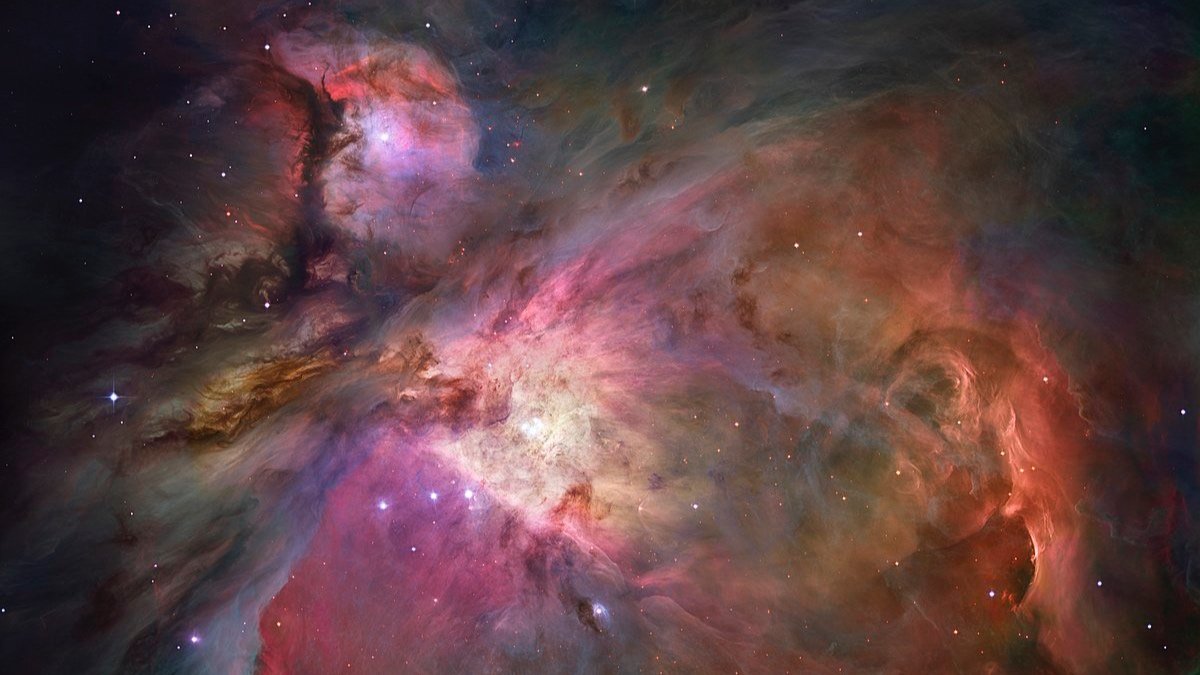Stardust and Shadows: The Building Blocks of Creation
The universe is a grand tapestry, woven from the fundamental elements of existence: stardust and shadows. These two forces—the visible and the unseen—form the foundation of everything we know and much that we have yet to understand. From the stars that illuminate our night skies to the dark mysteries that permeate the cosmos, the interplay of these elements tells the story of creation itself.
Stardust, as poetic as it sounds, is a literal truth. Every atom in our bodies, every molecule in the air, and every grain of sand was forged in the hearts of stars. These cosmic forges, through the process of nuclear fusion, created the elements that make up our world—carbon, oxygen, nitrogen, and beyond. When stars reach the end of their life cycles, they explode in spectacular supernovae, scattering these elements across the universe. This stardust coalesces over eons, forming new stars, planets, and even life. In a very real sense, we are the children of stars, a connection that binds humanity to the cosmos.

Yet, the universe is not composed solely of light and matter. Shadows—the unseen—also play a vital role. Dark matter and dark energy, enigmatic forces that defy direct observation, make up the majority of the universe’s mass and energy. Dark matter, though invisible, exerts a gravitational pull that holds galaxies together, while dark energy drives the universe’s accelerating expansion. Without these hidden forces, the cosmos as we know it would not exist.
The interplay between stardust and shadows is a dance of creation and mystery. As stardust builds the tangible universe, shadows shape its vast framework. This duality reflects the complexity of existence, where light and darkness are not opposites but partners in the grand cosmic narrative.
Modern science has only begun to scratch the surface of these profound mysteries. Observatories like the Hubble Space Telescope and missions such as the James Webb Space Telescope provide glimpses into the origins of stardust, capturing images of nebulae where stars are born. Meanwhile, experiments like those at CERN strive to uncover the nature of dark matter, seeking particles that could explain this elusive substance. Each discovery brings us closer to understanding how the universe functions, but also reveals how much remains unknown.
Beyond science, the concept of stardust and shadows resonates on a philosophical level. It reminds us of the duality inherent in existence—creation and destruction, light and dark, the known and the unknown. Just as stardust provides the building blocks for life, shadows challenge us to explore beyond our understanding, pushing the boundaries of human curiosity and ingenuity.
As we gaze into the night sky, it’s humbling to realize that we are part of this cosmic story. The atoms in our bodies were born in ancient stars, and the shadows that elude our comprehension shape the very fabric of reality. Stardust and shadows are not merely scientific phenomena; they are a poetic reminder of our connection to the universe and the ongoing quest to uncover its secrets. In their union lies the essence of creation, a testament to the beauty and complexity of existence itself.













Post Comment